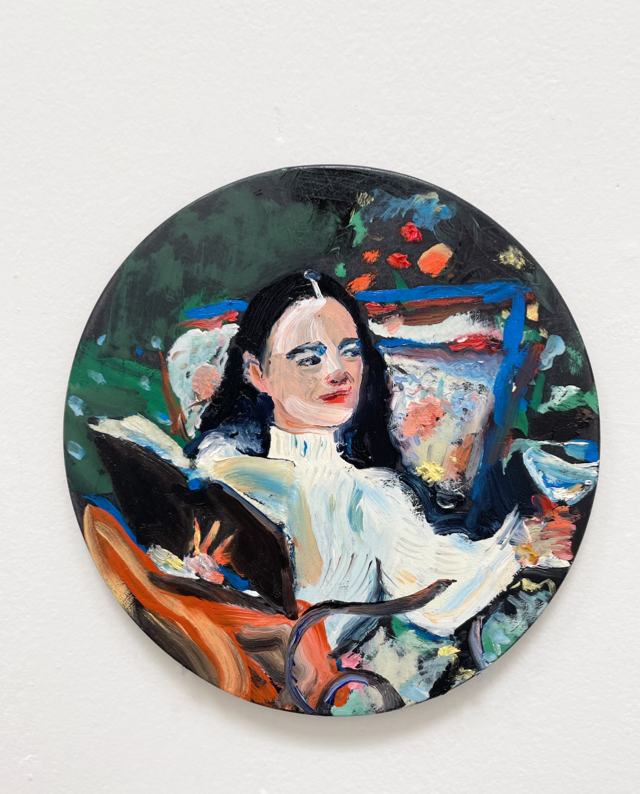This weekend, SMU was graced by the presence of one of the Baroque-era reconstruction greats, Catherine Turocy.
Turocy and her talented dancers make up the lifeblood of the New York Baroque Dance Company. Turocy is no stranger to SMU’s dance division.
She held the position of SMU Meadows Dance Division Chair Ad interim from 1995 to 1996, among other SMU-related accolades.
The Dallas Bach Symphony accompanied the dancers as they performed choreography from the age of Queen Anne in England to the era of Louis XIV in France.
The dances featured not only dancers from Turocy’s company but also dancers from the Metroplex that were selected by open audition.
The opening of the show included two classic minuets that were taught to young woman in boarding schools during the 18th century.
This act closed with Le Carillon d’Oxfort, an English dance later revised to be a French contredanse dating back to 1706.
For those of you that are not well versed in Baroque dance vocabulary, a contredanse is a folk dance in which couples or individuals dance in a line formation, typically while facing one another.
The second half of the show was focused on French theatre dance.
The opening of this act and the most historical piece of choreography in the show was L’Entrée d’Apolon.
Traditionally, Louis XIV would take the role of Apollo, thus attributing to his nickname “The Sun King.”
“This is where ballet all began. Ballet is French and this era started in Louis XIV’s time,” freshman dancer, Spencer Davis said. “To me it would be fascinating to see this style be performed because without this we never would have actually developed ballet.”
The final and most striking dance in the performance was Les Folies d’Espagne, a famous piece that exemplified the strong connection between Baroque era music and dance.
Junior dancer Marika Wynne said, “It’s rare that audiences now get to see accurate recreations of baroque dance, but it’s interesting to see some of the origins of ballet and how it stemmed from the aristocratic social dance of the time.”
As dance shows featuring Baroque pieces are few and far between, it was a coup for SMU to host such a unique performance that included pieces that truly encompassed the spirit and tradition of this historical style.










